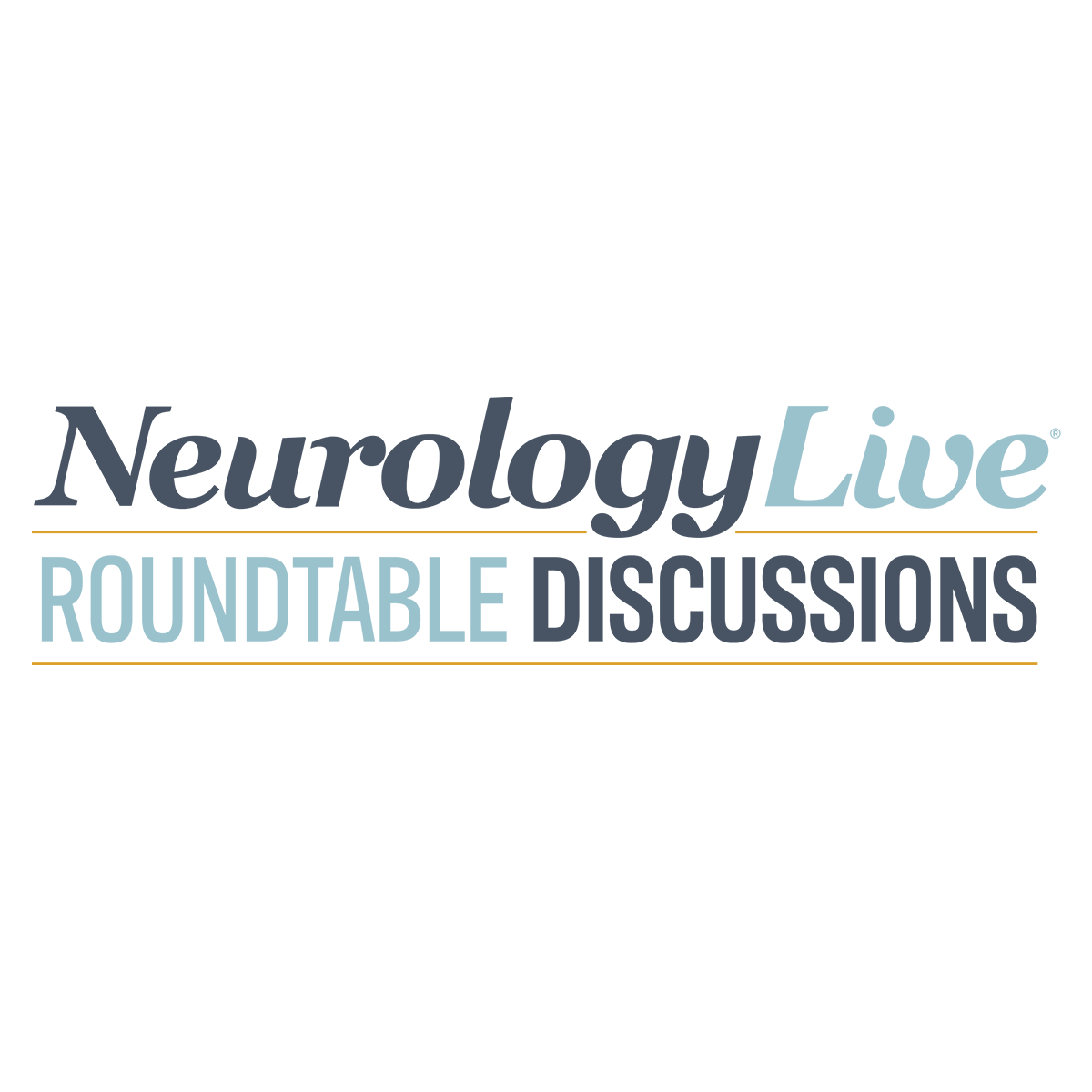
Role of Advocacy Organizations in Creating Safe Spaces for Rare Disorders

A panel of neurology experts detailed the importance that community leadership and creating a positive environment can do for patients with rare neurologic disorders [WATCH TIME: 5 minutes]
WATCH TIME: 5 minutes
Rare neuroimmune disorders are immune-mediated disorders of the central nervous system in which cells become “confused” and mistakenly attack an organ within a person. Patients may have acute flaccid myelitis (AFM) or transverse myelitis (TM) when the spinal cord is affected or optic neuritis when the optic nerve is impacted. In acute disseminated encephalomyelitis (ADEM), MOG antibody disease (MOGAD), and neuromyelitis optica spectrum disorder (NMOSD), there are various patterns of organ involvement, and in some disorders there is the potential for recurrent events.
Over the years, the detection of these disorders, and the way they are treated, has improved significantly. For years, neuromyelitis optica was thought to be a variant of multiple sclerosis (MS), but in 2004, a circulating immunoglobulin autoantibody was reported in patients with neuromyeltis optica that was absent in those with MS. Within a year, the astrocyte water channel protein aquaporin-4 was identified as its target, leading to several advanced therapeutics more than a decade later.
In collaboration with the Siegel Rare Neuroimmune Association, NeurologyLive® hosted a Roundtable Discussion focusing in on the major advances since the organization’s birth, nearly 30 years ago. The panel included Sanford Siegel, current president of SRNA, Benjamin Greenberg, MD, vice chair of clinical & translational research at UT Southwestern Medical Center, and Douglas Kerr, MD, chief medical officer of GeneratioBio and a key figure in the establishment of the Johns Hopkins Transverse Myelitis Center, the only such specialized center in the world. In this episode, panelists shared their experiences with being a part of SRNA and the impact patient advocacy can have on individuals with rare neuroimmune disorders.
Marco Meglio: I have one final question for you all. This has been a fantastic discussion, with each of you offering unique perspectives on these topics. So, my last question is, what impact can advocacy organizations like SRNA have on the patient-physician experience and the quality of life for patients?
Sanford Seigel: Advocacy organizations like SRNA play a crucial role in our community. We serve as a conduit for information, drawing from our network of physicians, clinicians, and researchers. We have a global presence in over 120 countries, offering vital support. In terms of the patient-physician relationship, we facilitate opportunities for clinicians and researchers to engage with the patient community outside of their clinical settings. We organize symposia, educational programs, and an annual quality of life family camp. These events have evolved into interactive discussions rather than just presentations. Physicians like Doug and Ben have actively participated in these programs, learning from and connecting with the community in informal settings, fostering a valuable exchange of information.
Douglas Kerr, MD: SRNA serves as a lifeline for individuals newly diagnosed with these disorders worldwide. When someone receives a daunting diagnosis, they often turn to SRNA as their first point of contact. They find reassurance, guidance, and a voice that says, "You're not alone, and here's what you can do." SRNA essentially acts as air traffic control during those critical early weeks, directing people where they need to go. Beyond this initial support, SRNA provides a community and ongoing resources throughout the journey, creating an environment where physicians are motivated to participate. They witness the dynamic relationships between patients, families, advocacy groups, and physicians. It embodies the essence of why many of us entered the medical field—to make a difference in people's lives. SRNA has made all of this possible.
Sanford Siegel: It's worth noting that SRNA started as a fully volunteer-run organization for nearly two decades. When we hired our first staff member, Chitra Krishna, we transitioned into a professional organization. During those early years, when people called SRNA, our kitchen telephone rang. Today, we have employees and an 800 number, so it's no longer my kitchen phone ringing. But the impact remains significant. Let me share a quick example of the difference we can make. I received a call from a distraught family with a young child diagnosed with transverse myelitis. Their physician offered limited treatment options, but through connections like Ben's expertise with plasma exchange, we connected them with a physician who could provide the appropriate treatment. That child made an excellent recovery. Instances like these show how we constantly make a positive impact on people's lives.
Transcript edited by artificial intelligence for clarity.
Newsletter
Keep your finger on the pulse of neurology—subscribe to NeurologyLive for expert interviews, new data, and breakthrough treatment updates.































